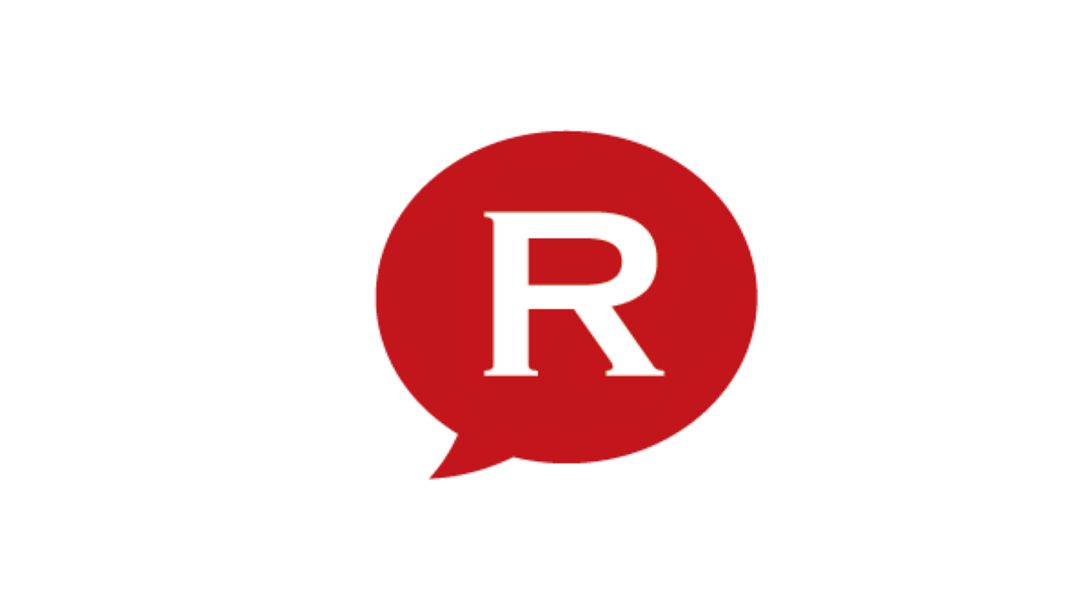Motivation across cultures: what drives Romanians to work?

 Motivating all level employees to use their brains and not their backs and strive on behalf of an organization is a difficult task, and when it comes to a diverse set of people from different cultures, it is even more difficult. What drives Romanians to work and what motivates employees with a different cultural background?
Motivating all level employees to use their brains and not their backs and strive on behalf of an organization is a difficult task, and when it comes to a diverse set of people from different cultures, it is even more difficult. What drives Romanians to work and what motivates employees with a different cultural background?
By Irina Budrina
Let's take the example of a mix Romania-Dutch project. Since 2005, the Province of Overijssel (Netherlands) has been cooperating with Teleorman County – located in the South of Romania – in the field of water management, initially on drinking water and wastewater, but then on the ‘Teleorman Flood Risk Management Pilot Project’ (October 2006 – June 2009). The project was carried out by a team consisting of a mix of seven Romanian and Dutch organizations.
The organizational structure and flood risk management are not the subject of our analysis. But the motivation across cultures was something that attracted our attention.
In this particular case the cooperation between various project participants developed positively. Even though some of the Romanians were skeptic in the beginning, they were all positive about the project results. Their reason to participate in the project was gaining access to Dutch expertise and money. The Dutch wanted to participate on economic and social responsibility reasons. Conflicts of interests never emerged during this project.
The Romanians and Dutch were mutually dependent: Dutch organizations provided financial resources as well as management models and construction methods, while Romanian partners arranged all necessary permits and licenses.
In addition to the partners' own objectives, external pressure and self‐effectiveness assessment – ‘social relations’ may also be regarded as a source of motivation. The development of relations and trust, joint institutional learning influenced the application of Dutch expertise. More broadly speaking, collective learning process was crucial in solving water problems. As a result - the Dutch‐Romanian cooperation in flood risk mapping “could be extended to other flood prone areas in Romania”.
According to the project leader, project participants were extremely motivated to participate. Even though the project was initiated and designed in the Netherlands, everybody was enthusiastic from the beginning. The project leader said that the level of motivation was not negatively affected by various project delays, which had financial or economic nature. He did not observe any conflict of interests; everybody was like‐minded. Interviews with Romanian participants confirmed this good cooperation. Why would Dutch people come and tell them what to do? And, why would Dutch approaches be useful to reduce flood risks in Romania? This skepticism disappeared during the project. Both parties discovered that the Dutch and Romanian approach to flood risk management was quite similar. Furthermore, many meetings were organized in which both Dutch and Romanian experts were involved. During these meetings Dutch experts really listened and were always willing to adapt their existing ideas. This collaboration (in particular with the project leader), was often informal and based on friendship and supported by highly motivated people on both Dutch and Romanian side. They still keep contacts with the leader asking for advices and other support. They also added that he was always able to come with a clear list of priorities. The added value of the cooperation for Romanians is that it makes the impossible possible, such as innovative designs. By supporting such activities with money, the Dutch partner proved that it was really committed to these idea. Project selection was based on expert judgment and did not involve political preferences.
Working with a global workforce is clearly not an easy task. Even so, the task can be made somewhat easier if managers have a frame or a tool box that can provide some structure for observation, understanding and action. In our case we tried to examine the challenges of working with employees from different cultures through the lens of work motivation. In doing so, we can raise three questions:
Firstly, on a general level, what is it that motivates (or fails to motivate) employees on the job?
Secondly, on a more specific level, do these motivational drivers differ across cultures?
And thirdly, what is the role played by managerial efforts to involve employees in work related discussions in securing employee motivation and performance?
All these questions relate to the use of human capital and maximization of return on their human resources.
Differences in employee behavior can be found all over the world.
British and Canadian companies motivate their employees primarily through financial incentives, while Dutch companies focus on providing employment stability and employee benefits. Indonesian and Korean companies prefer rigid and often autocratic organizational hierarchies where everyone knows their place, while Swedish and Norwegian companies stress informality, power sharing and mutual benefit in the workplace. Some countries, like Germany, even combine them all.
Managers should recognize this critical behavior and the influence it puts on the company's performance.
Work motivation is defined as that which energizes, directs, and sustains human behavior in the workplace. Without highly motivated workforce that uses its brains, and not just its backs, competitive advantage becomes highly problematic. Simply put, competitive organizations need all of their employees striving on behalf of the organization's goals and objectives, not just the people at the top. The challenge for the global manager is to accomplish this within a work context where behavior is often determined by cultural variations beyond their control.
Cultural drivers can create both the opportunities and constraints on efforts by managers and organizations to motivate their employees through various incentive and reward systems.
Cultural drivers influence both managerial and employee strategies and preparedness for motivation. Sometimes in opposite directions. Each side has predispositions concerning what constitutes a fair day's work and a fair day's pay. Presumably, where both sides agree this to be fair, employee effort and performance would be expected to increase as might mutual trust and commitment. Where perceptions of unfairness emerge or remain, however, motivational expectations or employee motivations would likely decline. In this equation it is important to remember that both managers and employees can have very different perceptions of what fairness means and, to some extent, this is influenced by cultures and experience.
Fortunately this example could not be applied to our case! In your experience, what motivates Romanians to work? We'd love to hear your side of the story – comment below or e-mail us.
by Irina Budrina, irina-budrina@hotmail.com
More about Irina Budrina here.











